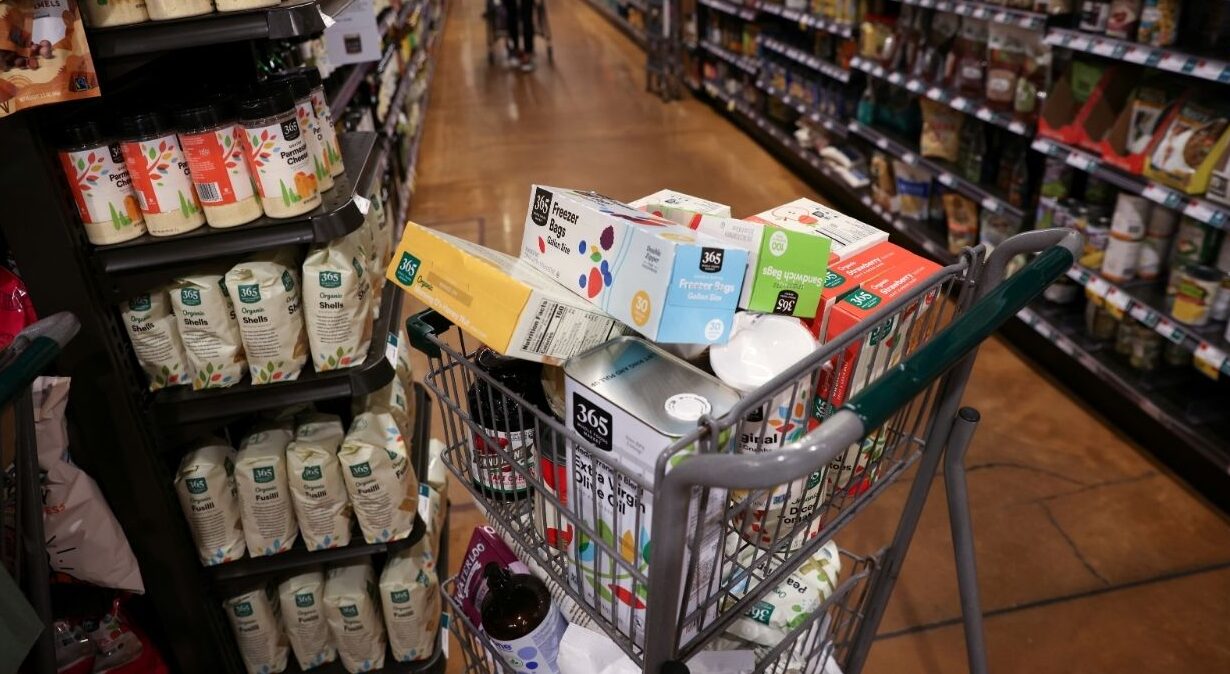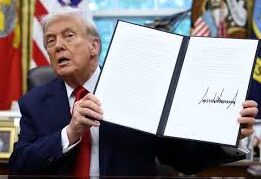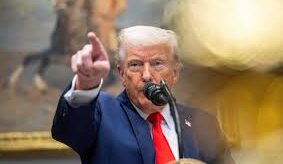U.S. consumer spending saw its biggest jump in four months during July, while inflation pressures in the services sector picked up. Despite the signs of strong domestic demand, economists remain convinced that the Federal Reserve will cut interest rates next month amid weakening job growth.
The Commerce Department’s Friday report highlighted mild inflation effects from tariffs on imports. Experts say the impact of these tariffs has been slow to reach consumers since many businesses are still selling inventory stocked before President Donald Trump’s sweeping import duties took effect. Additionally, companies have absorbed some of the extra costs instead of passing them fully onto customers.
Joseph Brusuelas, chief economist at RSM, noted, “Sticky inflation in the service sector points to a challenging policy decision in September, though we expect the Fed to reduce rates by 25 basis points.”
Consumer spending which makes up more than two-thirds of the U.S. economy rose 0.5% last month, following a revised 0.4% gain in June, according to the Commerce Department’s Bureau of Economic Analysis. This beat economists’ expectations, who had predicted a 0.5% rise after June’s previously reported 0.3% growth.
The spending boost was led by motor vehicle purchases, which helped lift outlays on durable manufactured goods by 1.9%. There were also higher expenses recorded for recreational goods and vehicles, clothing and footwear, as well as household furnishings and durable equipment. Food and beverage spending surged, although spending on gasoline and other energy products fell.
Overall, goods spending went up 0.8% after a modest 0.3% increase in June. Service-sector spending rose 0.4%, matching June’s pace, buoyed by financial services and insurance, healthcare, housing, and utilities. However, spending at restaurants, bars, hotels, and motels took a slight dip.
The resilience in consumption is underpinned by low layoffs supporting steady wage growth. Wages grew 0.6% in July, but escalating costs from tariffs have made employers cautious about hiring more staff. Job growth has slowed significantly, averaging 35,000 new positions per month over the past three months through July, compared to 123,000 during the same period the previous year.
A recent Conference Board survey revealed that the number of consumers who see jobs as “hard to get” surged to a 4.5-year high in August. Federal Reserve Chair Jerome Powell hinted last week at a possible interest rate cut at the central bank’s September 16-17 meeting, acknowledging rising labor market risks but also emphasizing that inflation remains a concern.






